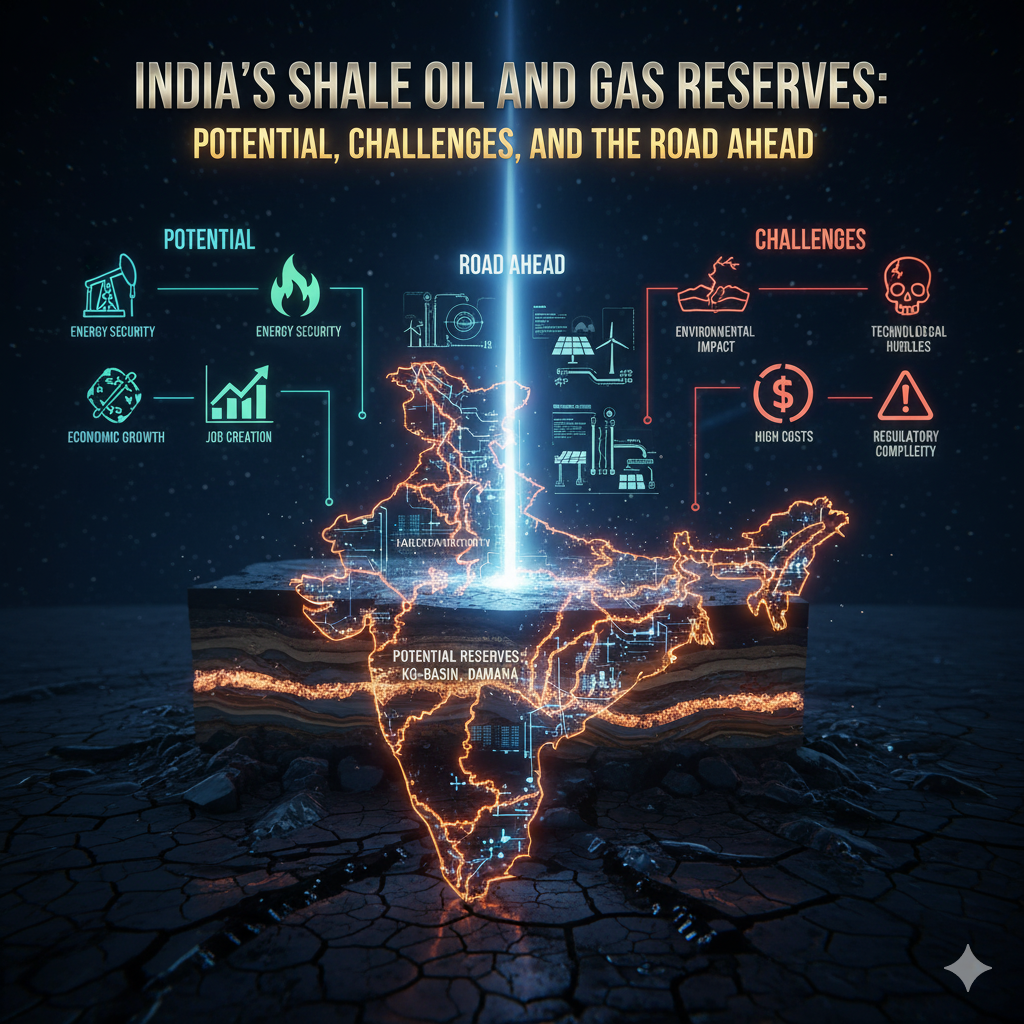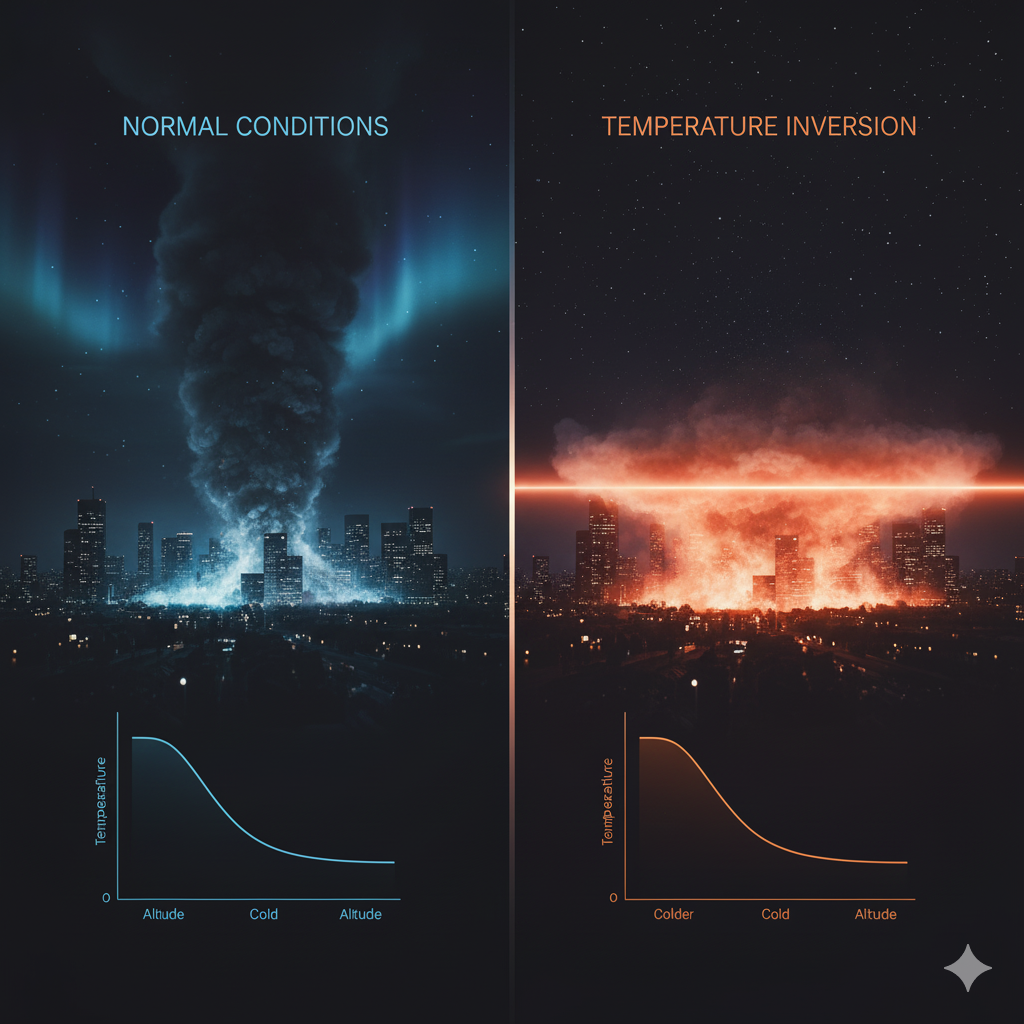Introduction
Tropical cyclones are powerful weather systems that develop over warm oceanic waters and significantly impact coastal and inland regions. These storms originate in tropical and subtropical regions, driven by oceanic and atmospheric conditions. However, as soon as they make landfall, they begin to weaken and eventually dissipate. This article explores the reasons behind the formation of tropical cyclones, their movement, and why they weaken upon reaching terrestrial regions.
Formation of Tropical Cyclones
Tropical cyclones, also known as hurricanes, typhoons, or simply cyclones depending on the region, form under specific meteorological conditions:
1. Warm Ocean Waters
- The primary energy source for a tropical cyclone is the latent heat released by warm oceanic waters.
- Sea surface temperatures must be at least 26.5°C (80°F) for cyclone formation.
- This warmth fuels the rapid evaporation of seawater, providing moisture for cloud formation and storm intensification.
2. Low-Pressure System
- Cyclones develop in regions with low atmospheric pressure, allowing air to rise and form clouds.
- The Coriolis effect, caused by Earth’s rotation, helps in the cyclonic circulation of winds around the low-pressure center.
3. Moist Air and High Humidity
- The presence of warm, moist air in the lower atmosphere contributes to cloud formation and storm intensification.
- High humidity in the mid-troposphere aids in sustaining the cyclone by preventing dry air intrusion.
4. Favorable Wind Conditions
- Minimal vertical wind shear (changes in wind speed and direction with altitude) is essential for cyclone development.
- High wind shear can disrupt the storm structure, preventing its intensification.
Movement of Tropical Cyclones
Once formed, tropical cyclones follow specific movement patterns influenced by various atmospheric and geographical factors:
1. Steering by Global Winds
- Tropical cyclones are primarily guided by trade winds, which move storms westward in the tropics.
- The subtropical ridge (a high-pressure belt) influences their movement by directing them northward or southward depending on the hemisphere.
2. Interaction with Mid-Latitude Westerlies
- As cyclones move poleward, they often encounter westerlies, which can cause them to curve eastward and accelerate.
- This shift in direction can lead them towards coastlines, increasing the potential for landfall.
3. Effects of Coastal and Inland Geography
- Cyclones slow down upon encountering land due to increased friction from terrain and obstacles like mountains, forests, and buildings.
- The absence of oceanic heat sources leads to rapid weakening.
Why Tropical Cyclones Weaken Over Land
Once a tropical cyclone makes landfall, several factors contribute to its gradual weakening and eventual dissipation:
1. Loss of Moisture Supply
- Over oceans, cyclones draw moisture from warm waters, fueling their intensity.
- Upon reaching land, the absence of this moisture source disrupts the storm’s energy cycle.
- The dry landmass leads to a significant reduction in cloud formation and precipitation, weakening the cyclone’s strength.
2. Increased Surface Friction
- Land surfaces offer more friction compared to the smooth ocean surface.
- This increased friction slows down surface winds, reducing the cyclone’s rotational momentum.
- The storm’s circulation weakens, leading to a gradual decline in wind speeds and storm intensity.
3. Cooling of Air Masses
- Landmasses generally do not retain as much heat as oceans, leading to the cooling of the air that drives cyclones.
- The cooling effect disrupts convection currents, leading to a weakening of the cyclone’s structure.
4. Interaction with Mountains and Terrain
- When cyclones encounter elevated terrains like hills and mountains, their organized circulation gets disrupted.
- Orographic lifting can cause heavy localized rainfall, but it also fragments the cyclone’s structure, reducing its overall intensity.
5. Dry Air Intrusion
- Landmasses often have drier air compared to oceanic environments.
- The influx of dry air into the cyclone leads to reduced cloud development and weakening of the storm system.
Case Studies of Cyclones Weakening Over Land
1. Cyclone Amphan (2020, India-Bangladesh)
- Developed in the Bay of Bengal and intensified into a Super Cyclonic Storm.
- Made landfall near the Sundarbans region of West Bengal, India.
- Weakened rapidly after landfall due to friction, dry air, and reduced moisture availability.
2. Hurricane Katrina (2005, USA)
- Formed over the Atlantic Ocean and intensified before striking the Gulf Coast of the United States.
- Weakened quickly after landfall in Louisiana, with reduced wind speeds and eventual dissipation.
- Despite weakening, heavy rainfall and flooding caused catastrophic damage.
3. Cyclone Tauktae (2021, India)
- Formed in the Arabian Sea and intensified into a Very Severe Cyclonic Storm.
- Made landfall in Gujarat and weakened rapidly due to increased friction and land interaction.
Implications of Cyclone Weakening Over Land
1. Reduction in Wind Speed and Damage Potential
- Once on land, cyclones lose their ability to sustain high wind speeds, leading to a decrease in destructive capacity.
- This provides relief to inland communities, though damage may still occur in coastal regions.
2. Increased Rainfall and Flooding
- Even as wind speeds decrease, cyclones can continue to dump heavy rainfall over land.
- This often leads to severe inland flooding, landslides, and waterlogging in urban areas.
3. Impact on Agriculture and Livelihoods
- Cyclone-induced rainfall can be beneficial for agriculture if moderate.
- However, excessive rainfall leads to crop destruction, soil erosion, and long-term economic impacts on farming communities.
Conclusion
Tropical cyclones, formed over warm ocean waters, depend on moisture and heat to sustain their intensity. Upon making landfall, these storms lose access to their primary energy source, leading to rapid weakening. Increased surface friction, dry air intrusion, and the cooling effect of landmasses further contribute to their dissipation. While weakening reduces wind-related destruction, the heavy rainfall associated with these systems continues to pose significant risks, including flooding and landslides. Understanding these dynamics is crucial for disaster preparedness, mitigation, and long-term climate adaptation strategies.




